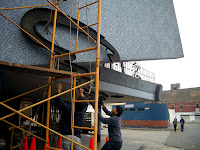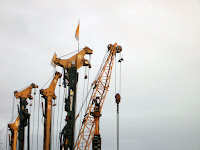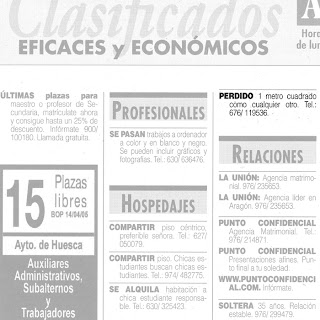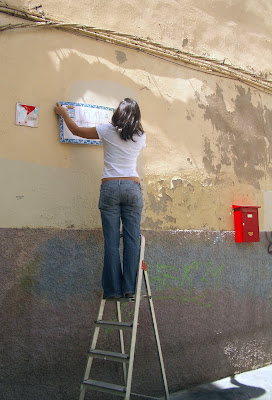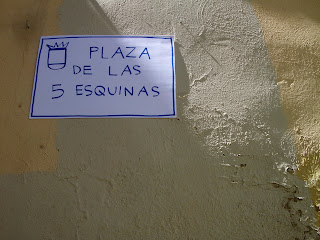HOW I WONDER WHAT YOU ARE
August - September 2007
Cine Tauro / Lima, Peru
As with many other spaces of leisure, Lima's old-fashioned movie theaters used to be located in the historic center. Unfortunately, very few of these establishments have survived the city’s transformation. Facing the deep economic crisis of the 1980’s most of such cinemas closed down and were left abandoned. After many years, some have resurfaced as porn theaters, while others serve as gathering points for religious and spiritual organizations of dubious background.
For this project, I have taken old-fashioned movie theaters as elements of the city that have both witnessed and suffered its transformation and development. Unlike today’s cineplexes, virtually indistinguishable from one another because of their corporate and franchised look, old-fashioned movie theaters had each their own character, expressed in their architecture, decoration, and even the choices of movies they offered. The Cine Tauro was chosen for this intervention since it was one of one of the most emblematic.
The intervention consisted on temporarily removing part of the cinema’s original sign (only the word “Cine,” meaning cinema) from its façade and installing it in an exhibition space. The sign was hung on a white wall, along with a small slide viewer that contained a photograph of the cinema’s façade after the intervention had taken place. The sign was hung as it was found on site, without any sort of restorations or maintenance, with the intention of illustrating the state in which the cinema can be found today. At the end of the project, 6 weeks later, the sign will be returned to its original location, as if nothing had ever occurred.

